One of the best things about the Internet is the way that it has mutualized communication.
Before the Internet, media went in a one-to-many direction.
Social media has turned that dynamic on its head in two ways. Now, communication is both many-to-many and one-to-one.
Plus, with the plethora or social channels and messaging apps, there are more ways than ever to reach your customers.
And there are more ways than ever for them to reach you.
But you’d be surprised how few companies take the opportunity to actively listen to their customers.
They prescribe everything to their audience.
Sure, they may do some user testing.
But by not interacting directly with their customers, they are missing out on a big opportunity.
People are increasingly favoring brands and companies that make them feel like a part of a community.
They feel like they have a role in the success of your business.
Your success is success for them too.
If you don’t make them feel like a part of what you’re doing. You can drive them away.
One of the best ways to get closer to your customers is the classic survey.
This one simple gesture can go a long way toward investing people in the success of your business and building a community.
Reasons to Survey Your Customers
Show them they matter to you
I’m always honored when friends and contacts get in touch and ask for my advice or feedback.
It’s a sign of respect.
They value my opinion so highly that they come to seek me out.
The relationship between a business and its customers should function the same way.
Your company makes or does something specifically for your customers.
Show them how much you value them by asking for their opinions.
Some of your customers will spend a lot of time telling you what they think of you.
Even your customers that don’t respond will still think more highly of you for reaching out for their opinion instead of just their money.
That makes the survey a cornerstone for creating a great customer experience. You can take into account people’s needs, their individual nuances, and react to them.
Customer experience is becoming increasingly important. In a world with increasing choice and falling prices across the board, customer experience is expected to be the biggest brand differentiator by 2020.
Furthermore, showing your customers that they matter to you is how you make them fall in love with you. As I’ve written before, you can turn love into revenue.
Involve them in your product development
When you are creating a product, you will ask many people for their advice.
There are your suppliers, your manufacturers, your developers, your legal team, and more.
But one of the groups that hardly ever provide input?
The people who are actually going to buy your product.
Getting their opinions during the product-development phase invests them in the process.
Not only is it an effective way to tease a new product, but when people feel involved, they are closer to becoming brand ambassadors.
Look at the success of Kickstarter and other crowdfunding platforms.
They work so well because they involve future customers from the very beginning.
The success of the project is their success too. Take the example of MudWatt.
MudWatt makes science toolkits for classrooms that enable kids to produce electricity from microbes living in mud.
When they hit their goal of $30,000, they did what every successful Kickstarter campaign does: They added stretch goals to go even further before the end of their campaign.
But instead of just adding extras on top to attract more people, they went back to their community and surveyed them. They asked their backers, “What do you want for a stretch goal?”
This was particularly clever because their community of backers consists primarily of education professionals.
They might not be interested in classic Kickstarter stretch goals like adding more colors to a product or individual mentions on a website for big backers.
The result was two specific stretch goals that responded directly to the needs of the community.
Of course, as you can see from the graph above, not all Kickstarter projects are successful. But in a way, even a failed project on Kickstarter can be viewed in a positive light.
A failed project means that there wasn’t enough customer interest. It’s a lot cheaper to fail on Kickstarter than to develop a project, produce it, and have no one buy it.
That leads logically to my next point:
Avoid mistakes
Product development is tricky, even for the biggest companies in the world.
Software development takes time and resources, too. Quite often, when a platform is starting out, its users will make requests for new features and functionality.
Making the wrong functionality could take your product in the wrong direction and turn off users.
Surveying the user base on a regular basis helps you correctly prioritize your product roadmap.
A simple example is prioritizing the development of an iPhone app versus an Android app. Chances are good that your developers have iPhones.
But the majority of people are on Android.
When your user base is small, it might not reflect the worldwide population. Check to make sure that you’re developing for the people who will use your product.
And sometimes, even the best intentions can be counterintuitive. Take, for example, why you should never redesign your website.
You want a sleek new experience. Your visitors want what they are used to.
This is an easy mistake to avoid if you take the time to learn what your customer wants.
Learn more about your customer
We learn more about people by asking them questions.
We learn what they like. We learn what they don’t like. We find out what they need and what they don’t.
These types of interests are the basis for interest-based marketing which is what Google’s all about.
They divide audiences into affinity categories.
If you know that many of your customers are cooking enthusiasts, it will be much, much easier to target them in ad campaigns.
You can focus your ads on cooking websites, for example, even if your product has nothing to do with cooking.
Affinity marketing provides an opportunity to marketers that is only possible if you get closer to your customers. You have to understand them to find actionable insights.
Create personalized relationships
Each one of your customers is a different individual. While your product might do the same thing, it might not be used in the same way.
Some people will have found extremely innovative uses for what you offer.
Others might not have understood it at all.
The more you get to know your customers and their experiences, the better you can tailor each experience to them.
Surveys give you a great way to segment your audience. Let’s say that you send a survey, and 15% of people tell you that they’ve had a bad experience.
You immediately know that that can have a bad effect on your business because people who have a had a bad experience are very vocal.
If you have their email or contact information, you can create a message to send them offering a big discount. At the very least, you can offer to right the wrong.
Identify problems and resolve them
Following the same vein, many problems that your customers are experiencing are invisible to you and your team.
Unless someone signals an issue, it can go entirely unresolved.
This is a reality for every business.
The only way to get in front of those problems is to be proactive. Give your customers the opportunity to identify a problem before they give up and leave.
Identify opportunities and capitalize on them
The other side of the proactivity coin is the fact that customers will tell you what they want.
When enough customers’ desires line up, it could turn into a major opportunity for your business.
Reinforce the positive
The survey can also be a mechanism for positive results in itself.
A recent study in the Harvard Business Review found that simply asking people what went right at the start of a survey actually increased satisfaction levels and boosted the chances that someone would purchase again.
If that isn’t a reason to survey your customers, I don’t know what is!
Now that you understand why you need to survey your customers, I’d like to pass along some rules for creating effective surveys.
Then, I’ll finish by walking you through some of the most common tools for surveying your customers.
How to survey your customers
Surveys are actually quite complicated. Statisticians require qualified data that has eliminated biases.
The Harvard Business Review example above of leading with a positive question might not be considered 100% accurate.
In most cases, however, just following some general rules will ensure that you get results that you can act on.
Rule 1. Define your objective.
The objective of a survey is simply, “What do I want to know?”
It’s important to answer this question before you get started. You don’t want to add extra information and steps into a survey when all you really want is one or two questions answered.
Every survey has a completion rate (the number of people who complete it versus the number of people who start it).
There are different factors that can lead to a survey not being completed. The biggest is how long it takes to complete your survey.
You can see how the abandon rate jumps up as surveys get longer and longer.
You should only ask questions that you absolutely want to have the answer to.
Then, as a rule, you should always have a few demographic questions to help you segment and understand.
People who are younger and live in a city might have a different use or opinion of your product than older suburbanites.
Adding basic demographic information lets you better understand your different audience segments.
Rule 2. Make it clear.
In addition to making your survey concise, you need to remove all ambiguity. Long, drawn-out questions that make people stop and think are going to kill your completions.
Try reordering the words in your questions so that they are as direct and clear as possible.
Direct, closed questions are the clearest.
Example: a question that begins with “Do you…” is closed since there are really two technical answers: “Yes, I do,” and, “No, I don’t.”
Another example of a closed question is “Have you ever…” The answer is either, “Yes, I have” or “No, I haven’t.”
When using things like linear scales (i.e. from 1 to 10), don’t use random numbers. No one understands what a scale from 1 to 7 is.
When asking relative questions, like, “How much do you like our brand?” you should use the scale instead of prefabricated answers such as “I love it,” or “It’s not really my thing.”
These colloquial terms all have slightly different meanings to different people and can make the survey confusing.
It’s better to be dry and get the right data than to try and convey personality at the expense of your survey.
Rule 3. Start with easy questions.
People need to build up a little confidence before you ask them a big, open-ended question.
Start by asking questions that are easy. “How long have you been using our product?” Or, “What city do you live in?”
This is a great place to add your closed questions that I mentioned earlier.
Once people answer a few questions, they will be much more likely to complete the survey.
If you start out with a difficult question, a lot of people will just give up immediately.
They will assume that the whole survey will consist of challenging questions, even if every single one of the other questions are easy and fast.
Rule 4. Use sections.
Sections help people know how long the survey is going to take. It also helps to logically lead people to the end.
You can have a section on your company, a section on the customer’s interests, and a section on their demographic information.
The sections also help to give context to the questions that you’re asking.
If someone looks away from the survey to answer a message on their phone and comes back a minute later, a clear header explaining the section makes it easier to pick up where they left off.
Or, you can have people skip sections if they answer a certain way. For example in a survey about smartphones, if a respondent doesn’t have a smartphone, they should skip the part where you ask all the smartphone questions.
Rule 5. Don’t have too many options for multiple-choice questions.
People are creatures of habit. We get used to giving information in a certain way.
If your questions stray too far from the norm, you will risk losing people.
Try to find standardized questions. Questions like, “How old are you” should not be broken down into uneven categories.
You should follow the common advertising model of 18-24, 25-34, 35-44, and so on.
This has the added benefit of letting you compare your data to market reports that use the same breakdowns.
Rule 6. Don’t make every question obligatory.
For a survey with 5 questions, go ahead and make every question obligatory.
But for a longer survey be careful what information you are requiring.
If you’re doing a data collection operation with your survey, you should make the email address required. This will likely stop a few people from participating for fear of being spammed.
You need those email addresses for your operation to be successful, though, so that’s your priority.
If you’re looking for customer feedback on a product, I would make only the questions about the product required.
Some survey makers would argue to always keep the email address required so that you can protect the results of your survey.
How?
You can spot if someone filled out your survey multiple times by seeing how many times the email address was put in.
I would assume that, for most people, there is little risk that someone is out there trying to skew your data. When you reach the level where that could be a possibility, you will probably outsource your survey to a professional anyway.
When you reach the level where that could be a possibility, you will probably outsource your survey to a professional anyway.
Tools to use to survey your customers
Google Forms
One of the best tools for surveying is totally free, and you can access it immediately if you have a Gmail account. It’s Google Forms.
To create a Google Form, go to your Google Drive.
Click the icon made up of squares in the top right of your Gmail window.
Then select the Google Drive icon.
Once you’re in your Google Drive account, click on the New button. You will have to click on the More option since you won’t see the Google Form option right away.
Then select Google Forms from the second drop-down menu.
Great, now you’re ready to create your form.
The questions and how you organize them should already be defined, so I’m only going to take you through the functionality and some of the types of questions so that you can have an effective and nice-looking survey.
This is what the form looks like at the beginning.
The first thing to do is add a title. As with a lot of Google programs, just click where you want to edit.
Then add your description. The description is very important since it’s the contact point with the people who are going to fill out your survey.
The description should tell people what the survey is for and why they should fill it out.
Click on the “Form description” to add one.
Now you’re ready to start adding your questions. To start, click on the first blank question. The options for the question will expand.
The default is Multiple Choice. When you type in a question Google Forms, it will do something really cool. It will suggest the type of answers to your question.
You can click “Add all.” It automatically fills in the options for answers: Yes, No, and Maybe.
But let’s be honest: You either work in online marketing or you don’t. So click the little X to the right to get rid of the Maybe option.
Now you have a question with just Yes and No as possible answers. Since this is an important piece of information, I’m going to check the “Required” option so that people have to answer it to fill out my form.
Now let’s add a second question. To do that, click the + button on the right.
This question will be a little more specific — Where does the respondent work? — so I’m going to add in the answers myself. To do that, click on the option and write in the answer.
Then click the “Add option” button below to add a second option. Then write it in. Keep going until you have all of the possible answers that you need.
Now let’s use a different type of question. Get a new question started and click on the top right where it says Multiple Choice.
There are different options in the menu, like short answer, checkboxes, and long answer. We’re going to use the checkboxes option where the respondent can select multiple options.
To complete this option, add in all of the relevant responses. I’m going to use the question, “What are the digital responsibilities of your job?” The possible answers are things like community management, digital advertising, and content creation.
It’s important to use the checkboxes option since most digital experts have different types of responsibilities.
Here’s another example asking the question that is the main goal of my survey: “What do you want to learn about?”
And finally, I’d like to know more about what people think of my content in general. There is the Linear Slider feature that is really useful for this.
Ask a clear question that could have differing levels. I’ll use “How much does my content help you succeed at your job?”
You can set the numbers from 1 to whatever you want. I prefer 10 since it’s most common to have a scale from 1 to 10. You don’t need to have a label, but I prefer to add them for clarity.
It’s always helpful to qualify your data and to put it in context. So you should add some demographic questions at the end.
Common questions are:
- Age group
- Country
- Male/female
- Job title
This information will help you filter your data when it comes time to analyze the results of your survey.
Before we get to the analysis, there is one more thing I want to point out. Google Forms is a purple interface by default. You can easily personalize the interface by clicking the art icon at the top.
You can change the color scheme or, even better, select a theme from the icon on the bottom right.
You can choose from all sorts of themes and header images to make your survey look more professional. You can also upload your own image.
Now you’re ready to share your form. There are many ways to do this.
First, click the Send button at the top right.
You will see the pop up that allows you to share your survey by emailing people. You can enter email addresses directly into the box.
There is also an option to include the form directly in the email you send. This way, people don’t have to click a link. They can complete the survey immediately.
There are three other ways to share.
- Link
- Embed
- Social
I prefer the Link option since I can add the link in all of my communications. Click the Link icon and then the Copy button.
Now you can add it wherever you want.
When people fill out your survey, the answers are automatically stocked in a Google Sheet.
You could either do your analysis on the spreadsheet or use the simple data visualization option in Google Forms.
To access it, click on the Responses tab at the top of your form.
You can choose between the different views. Depending on the type of question, Google will show you the results in a visual way so that you can easily see the breakdowns.
When I scroll down, I can immediately see that Social Media Marketing and Digital Advertising are two of the most common job responsibilities among my respondents.
I can also see that getting lots of traffic is the number-one subject my respondents want to learn about.
If you want to perform a heavier statistical analysis, you can click the Create Spreadsheet button at the top of the Responses tab.
You might want to do this to exclude anyone who answered your survey who said that they did not work in online marketing.
Or you might want to see only the people who are responsible for social media marketing to see what they said.
Either way, Google Forms is the go-to option for surveys because of its ease of use and the fact that it’s free.
Survey Monkey
Another service worth mentioning is Survey Monkey.
You can sign up for free.
A lot of the functionality of Google Forms is very similar in terms of constructing your questions.
Where Survey Monkey really excels is that they provide survey templates. Some are free and some come only with the premium version.
A template can save you a ton of time and make sure that you aren’t missing any valuable questions.
Another feature that I’d like to draw your attention to is the Logic tab.
When you are in the Design Survey dashboard, it’s a tab on the left.
A statistician whose job it is to run surveys will tell you that the order of questions in a survey matters. Questions could have an impact on a subsequent question simply because of how they are ordered.
Survey Monkey offers a question randomization feature to make sure that the results you are getting are not being skewed by the format of the survey.
The last thing that I’ll mention about Survey Monkey is that the data analysis is much more developed than the Google Forms dashboard.
You can filter your data, compare different results, and create views. A view is just a way of looking at your data depending on what you’re filtering for.
You could filter to only see the results from your current customers who are over the age of 45. That would be a view.
You can save these views for easy reference.
Facebook Polls
You don’t always need a comprehensive survey.
Sometimes, a simple Facebook poll can do the trick to get the pulse on your audience.
Search Facebook Poll on Google and click the first link. It’s the app called Polls.
Then, when you are on the app page, click the Get Started Now button.
Then create a name for your poll in the popup box.
You will be prompted to grant the app access to your Facebook page.
Now you can build your poll. Click the Add Question button to get started.
Just like in the other examples, you can build out your questions.
Click the Add Option button if you need more potential responses.
Once you have your questions ready, it’s time to preview.
The preview mode lets you adjust the layout. You see that there is an ad in the preview. That’s how the Poll for Pages app is monetized.
You can also the see the mobile view, which is very important to check. You want to make sure that your poll formats properly and the questions aren’t too long.
Finally, hit Publish when you are ready to go.
If you are going to run an in-depth survey in which people need to take significant time to complete it and you are planning on running a comprehensive data analysis with the results, I wouldn’t use a Facebook Poll.
But when you want to capture a fleeting second of your audience’s time, Facebook Polls can be a very convenient option.
Conclusion
Surveying should be a regular part of your strategy.
Each time you have a question about your products or customers, don’t rely on intuition.
Just ask them!
You will be amazed at how quickly you will be able to understand the things you need to do to succeed.
And because you asked your customers, you can act with confidence.
What types of insights have you gained by surveying your customers?

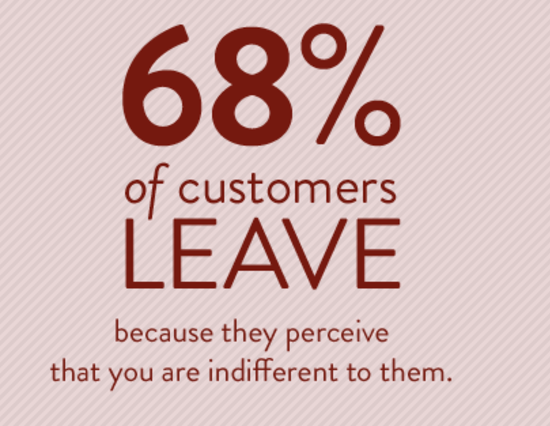

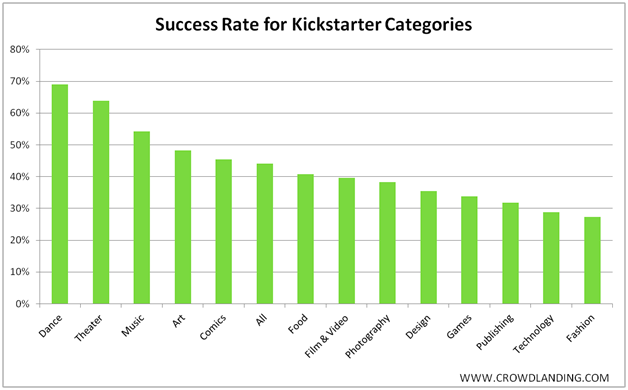


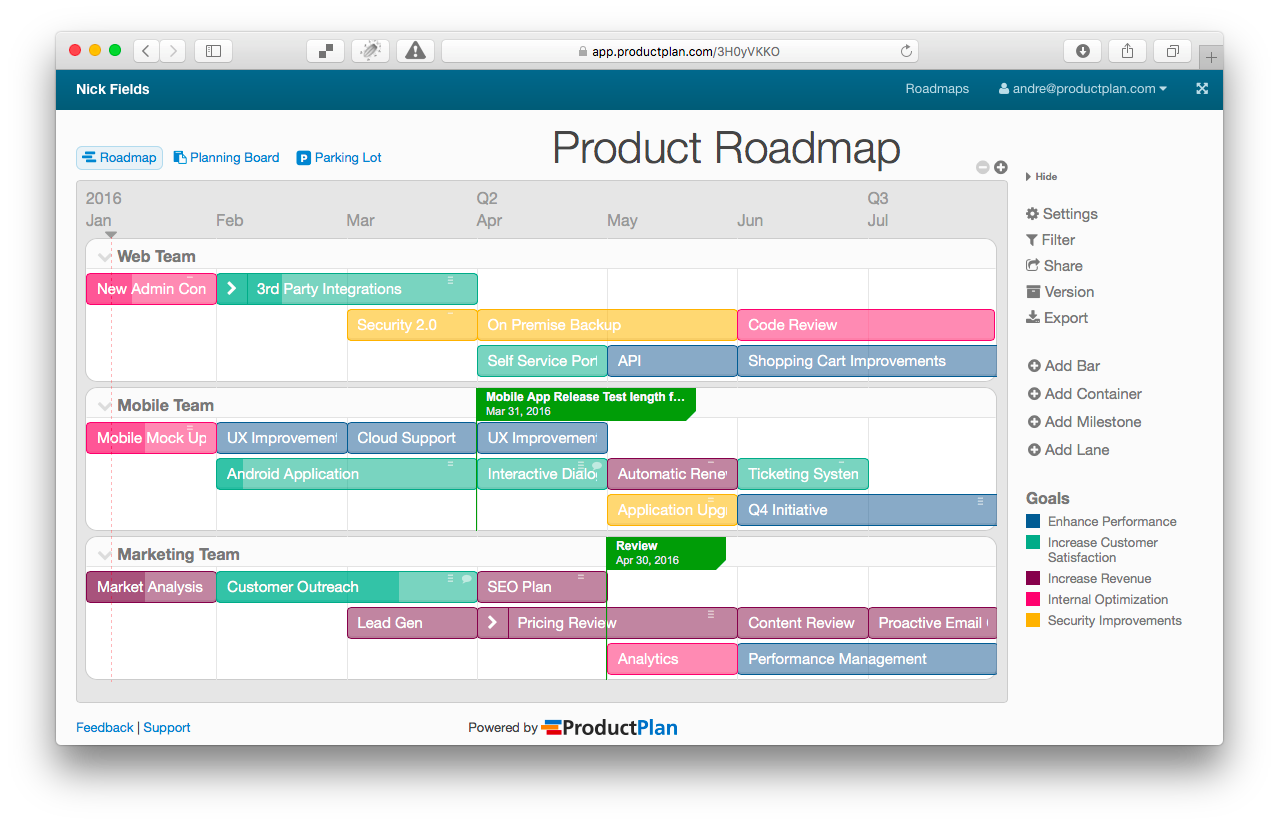
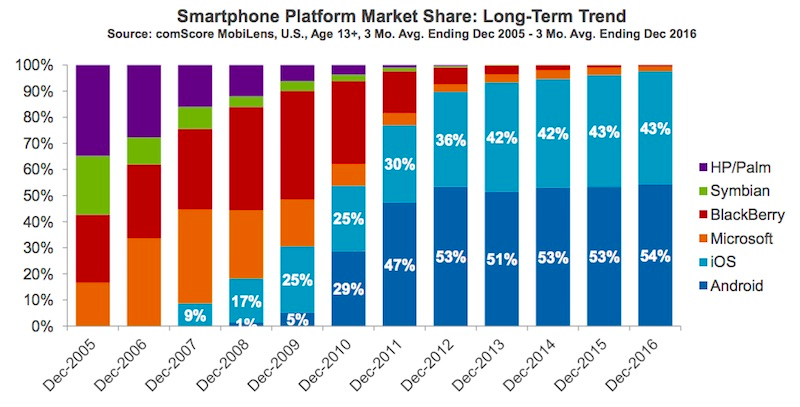
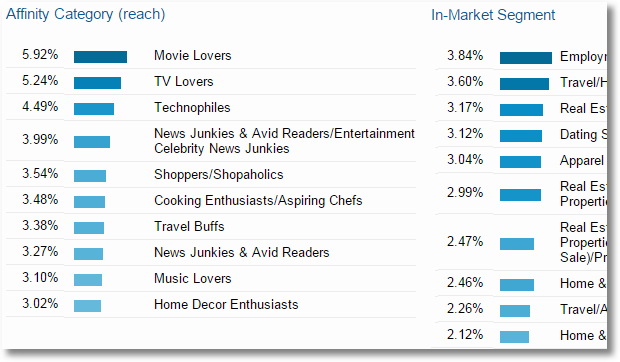
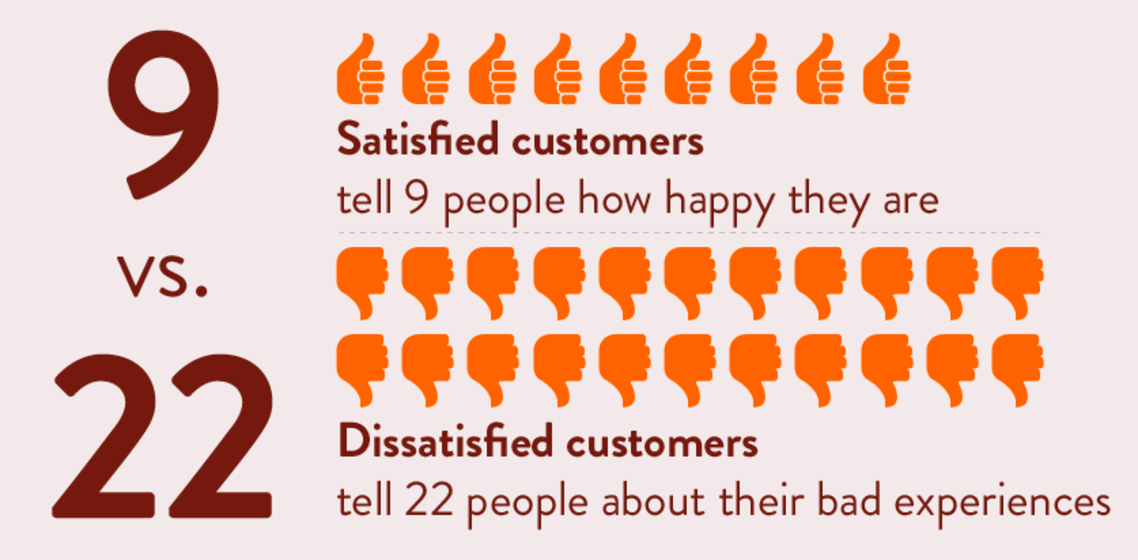


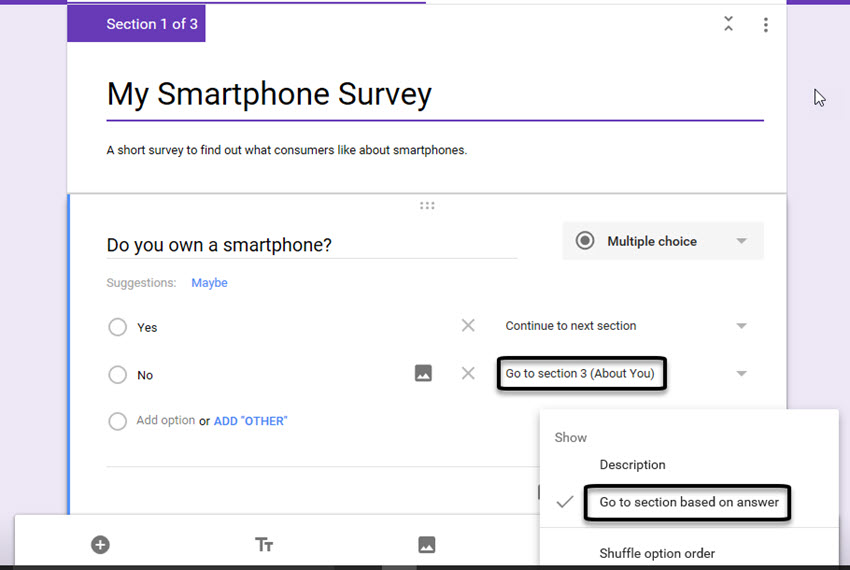
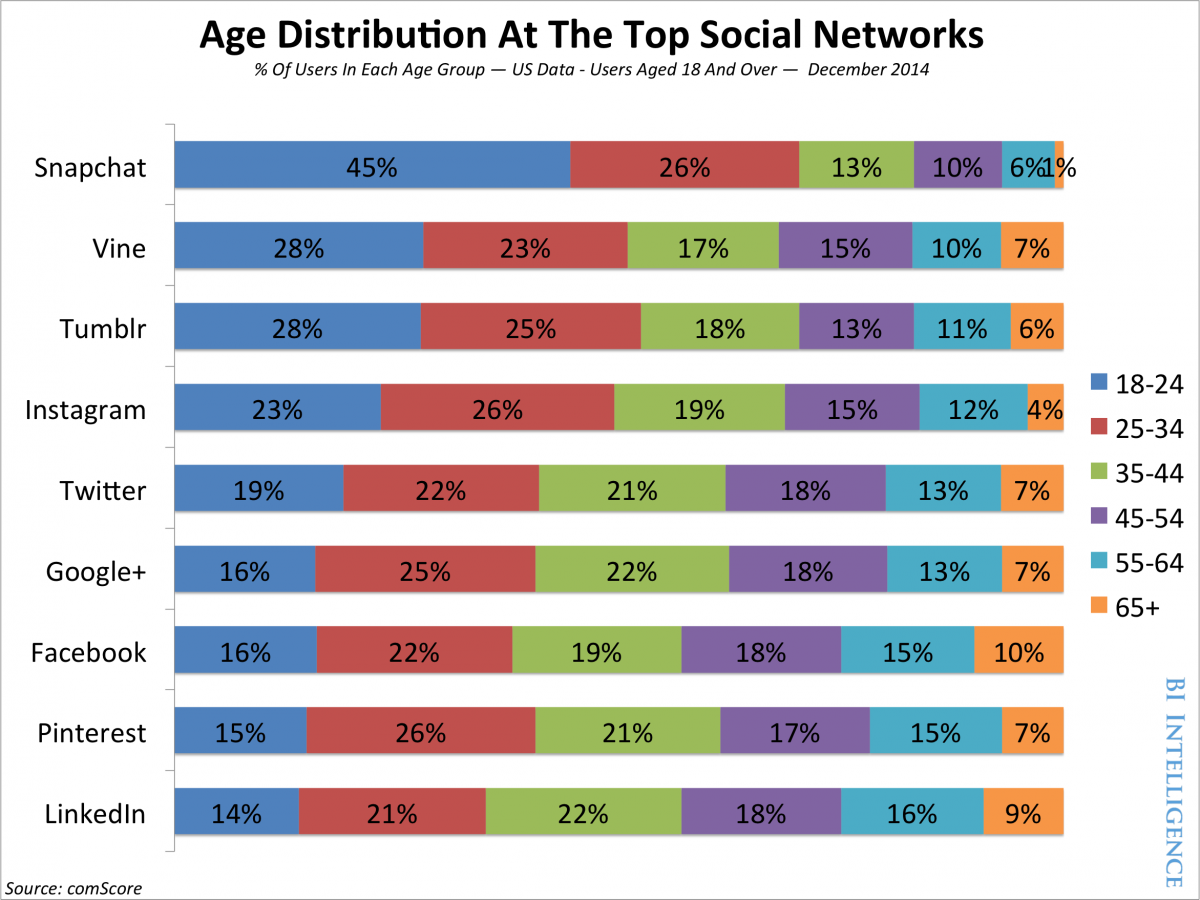

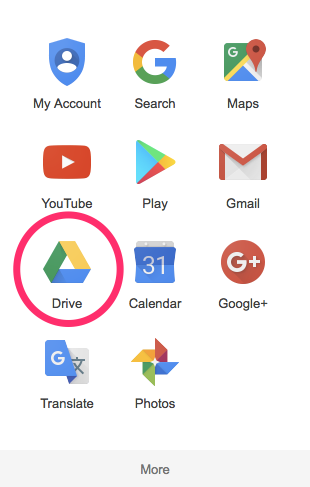
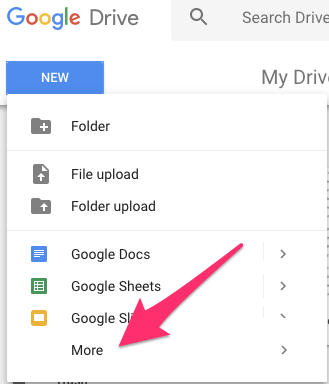

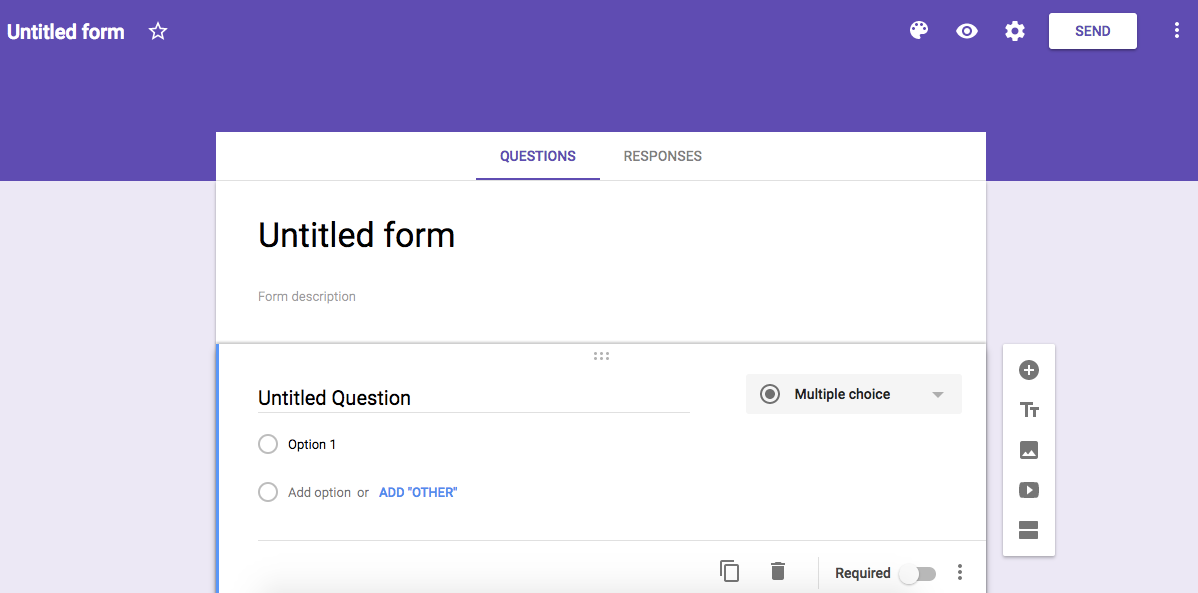
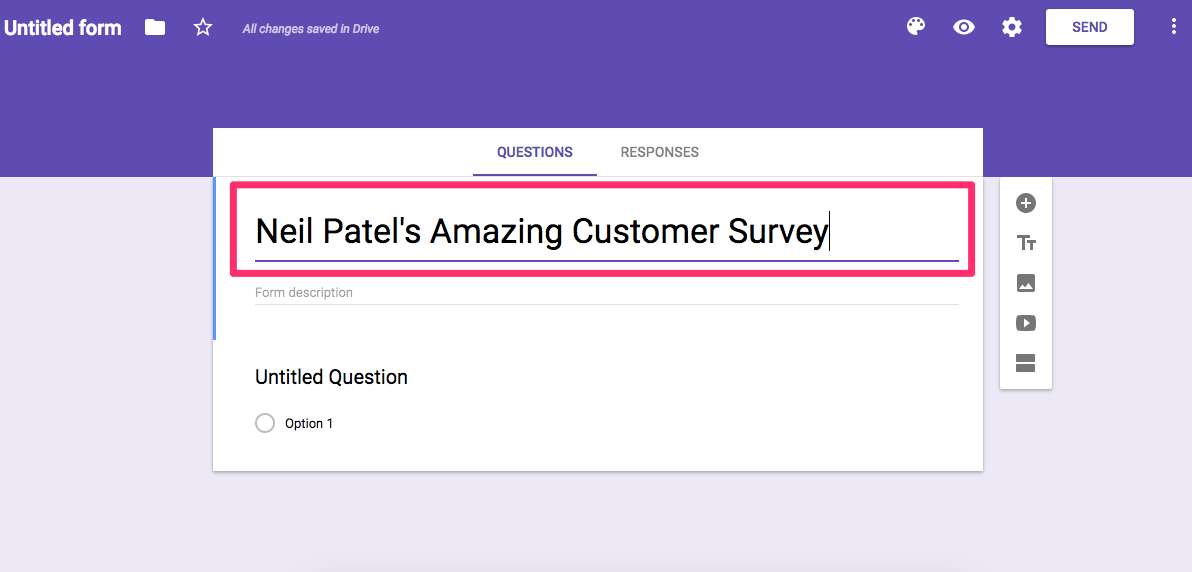

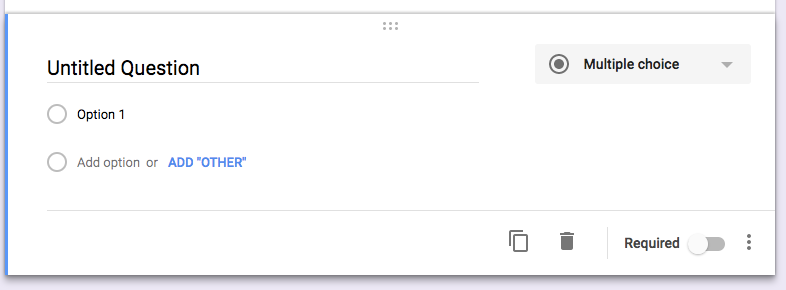
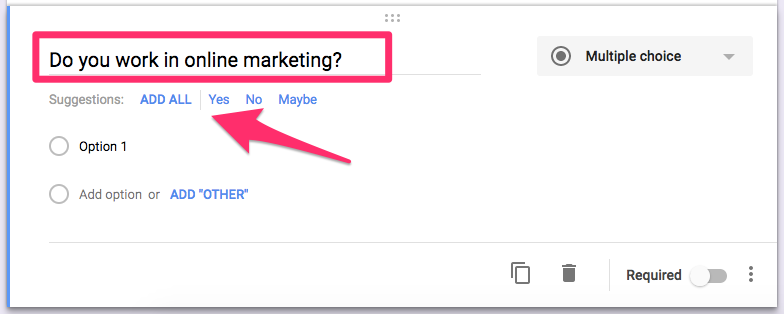
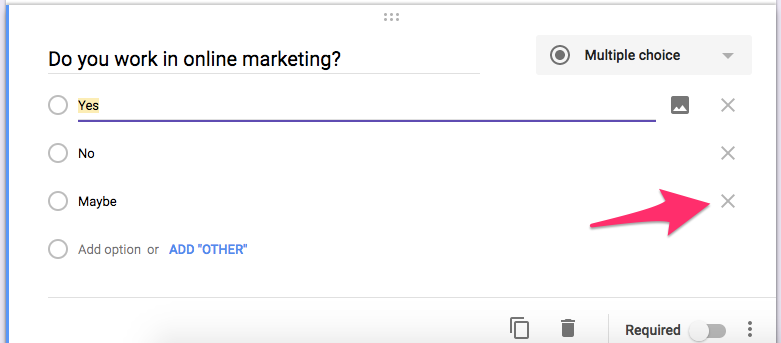
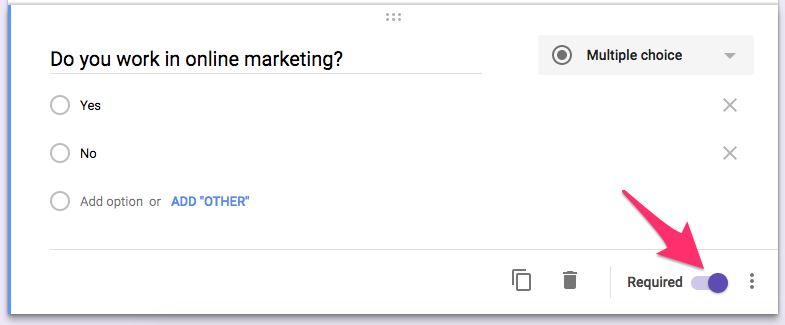
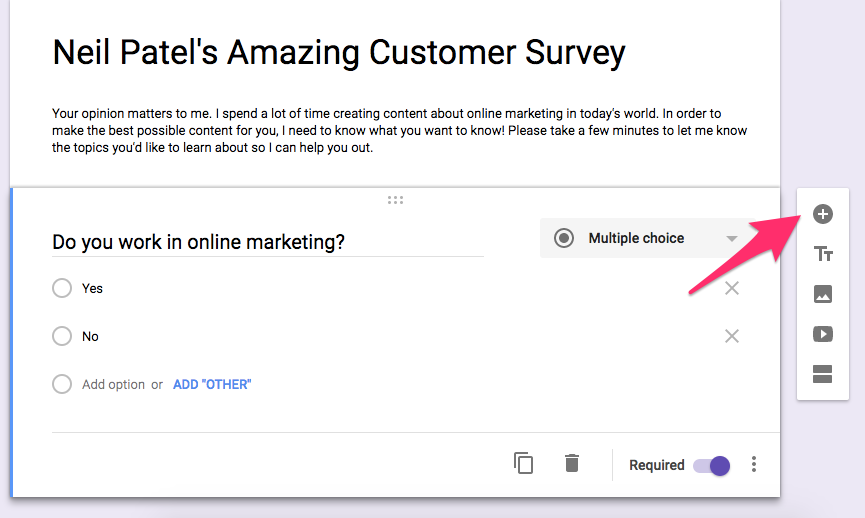
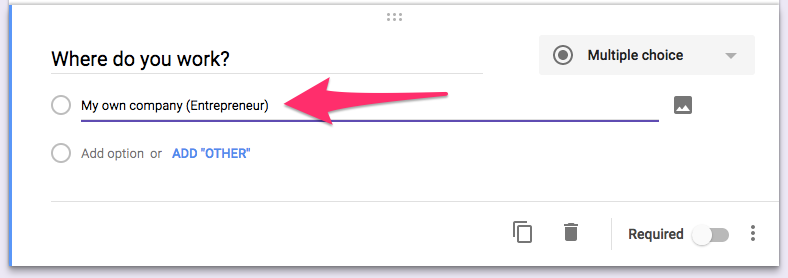
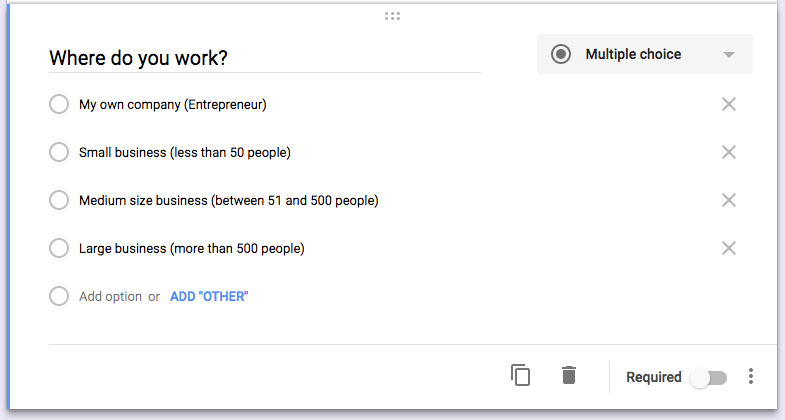
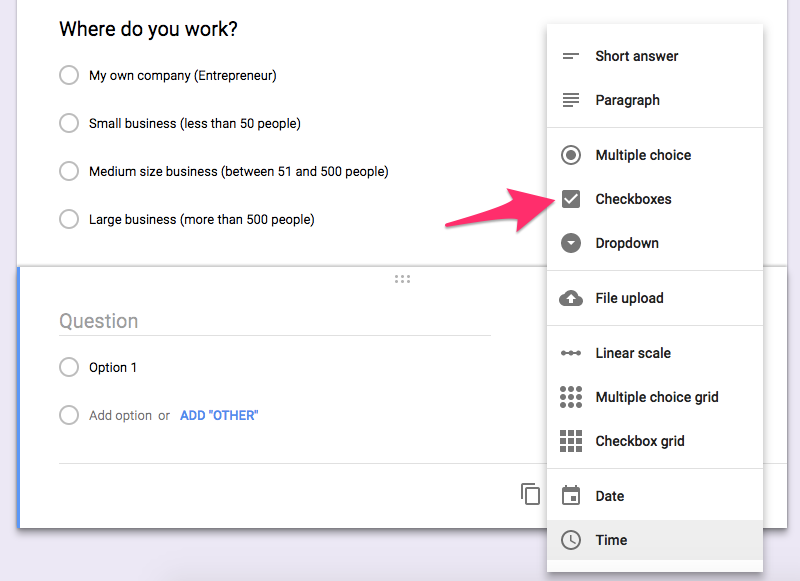
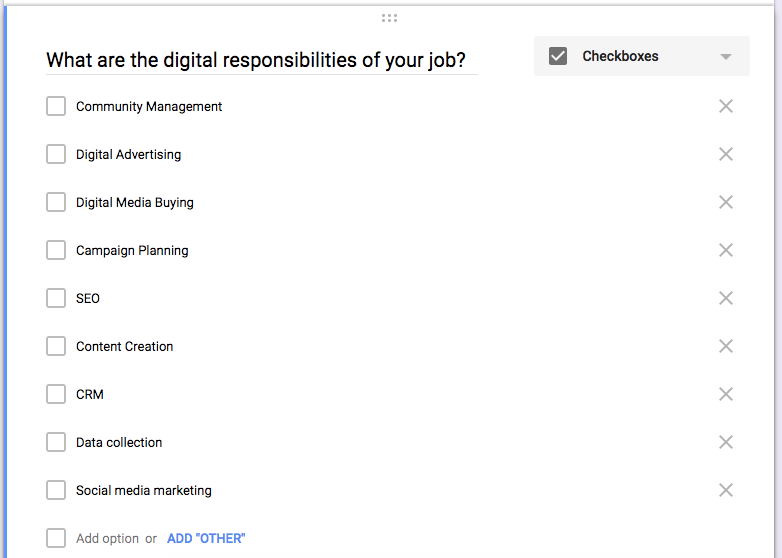
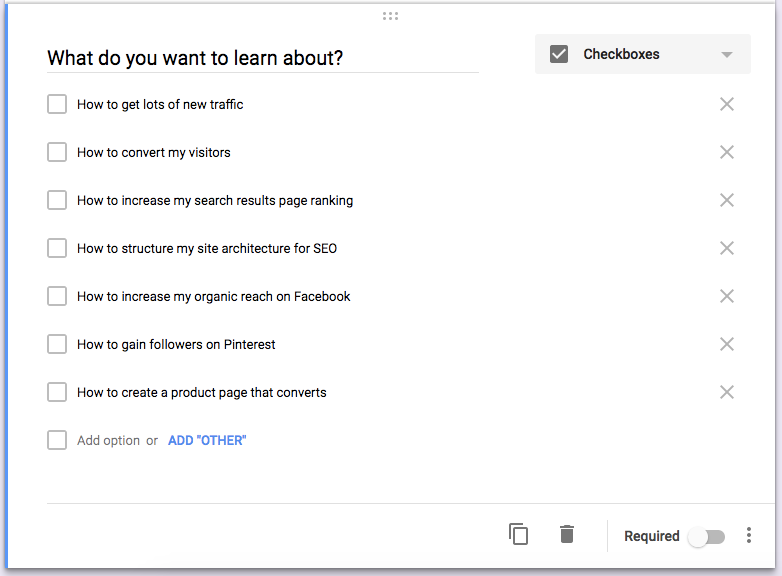
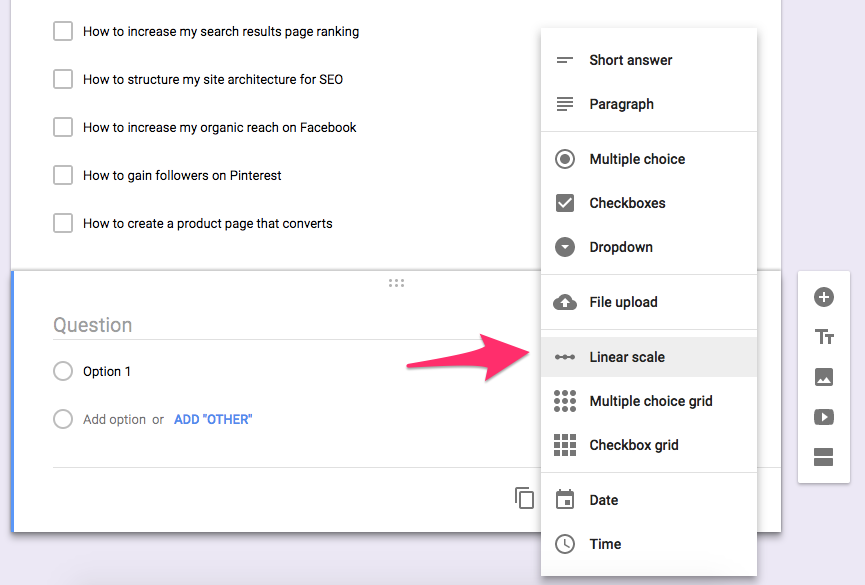
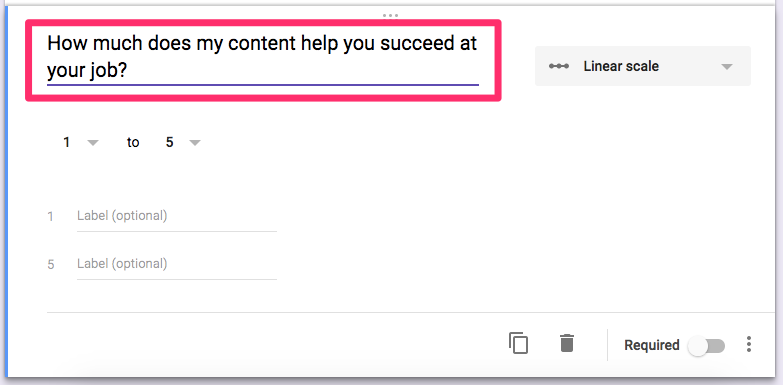
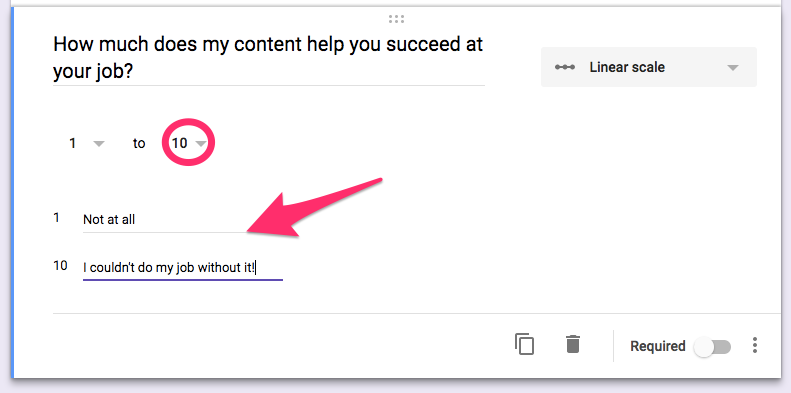
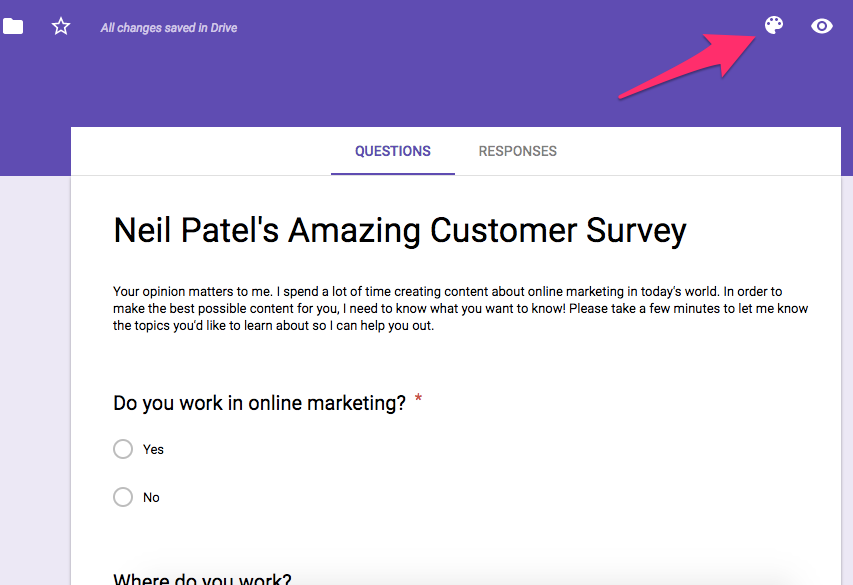
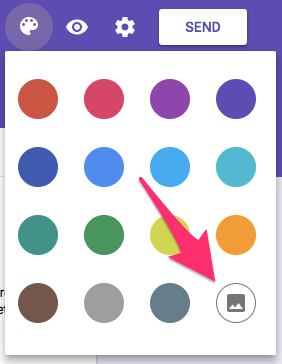
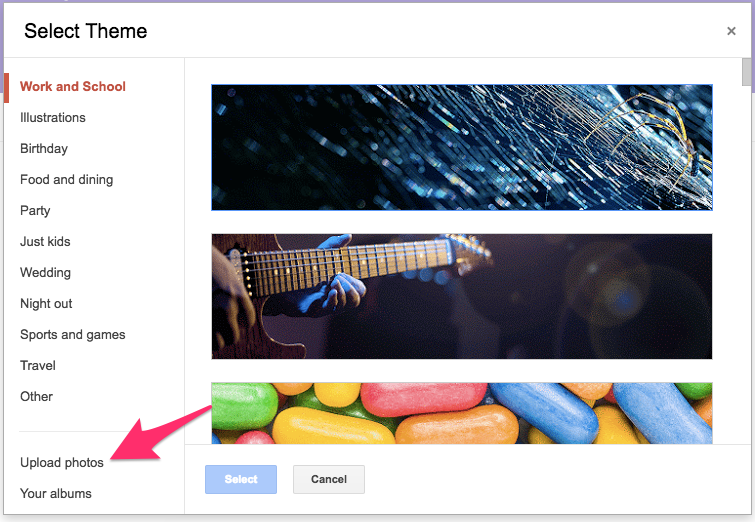

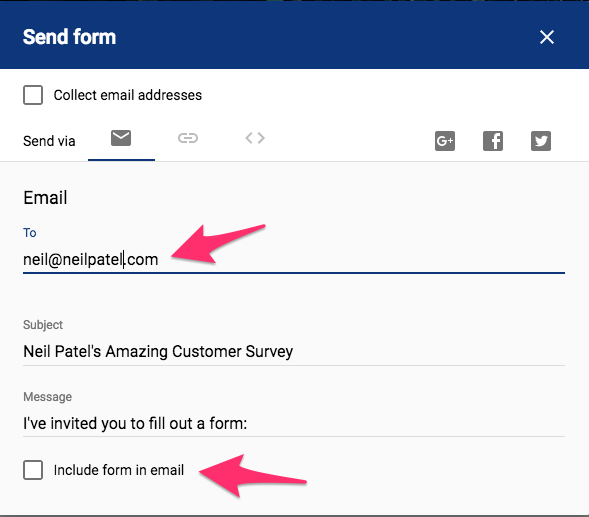
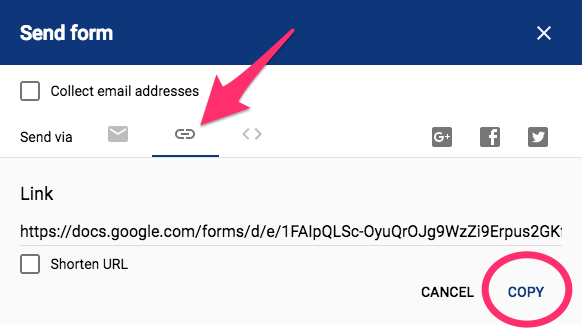
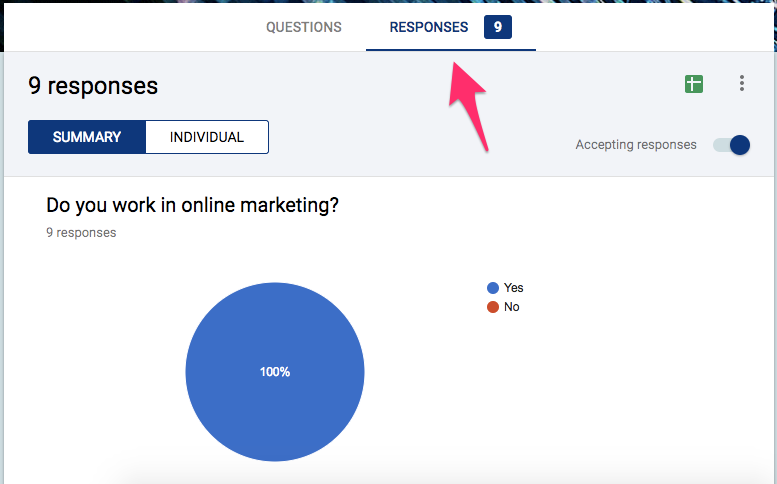
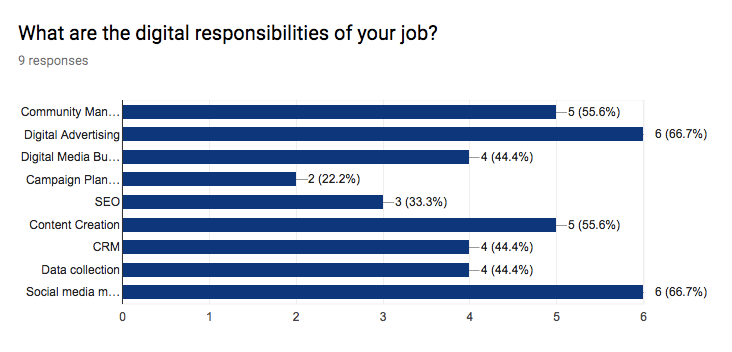
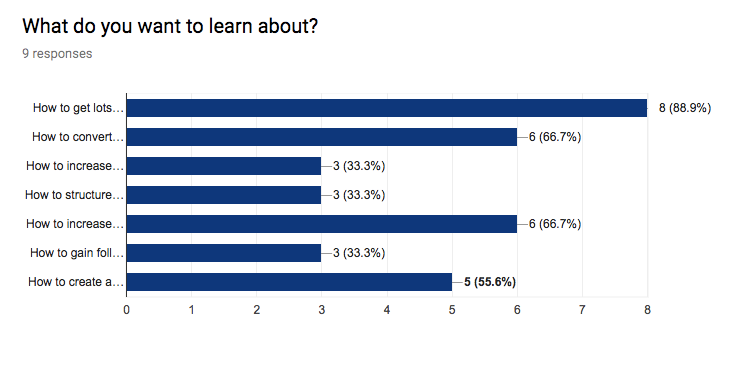

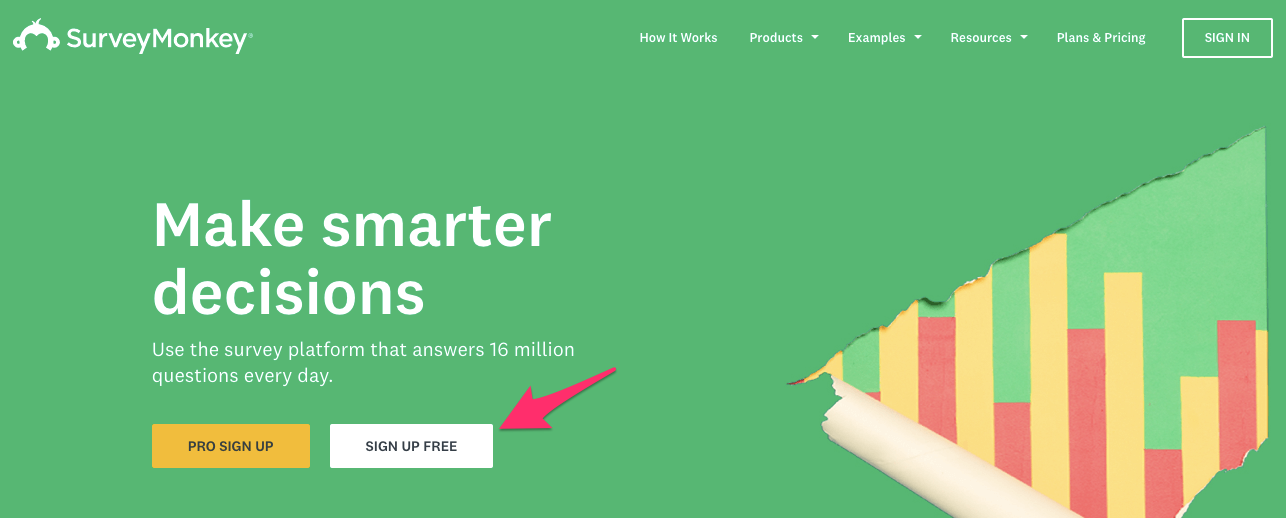
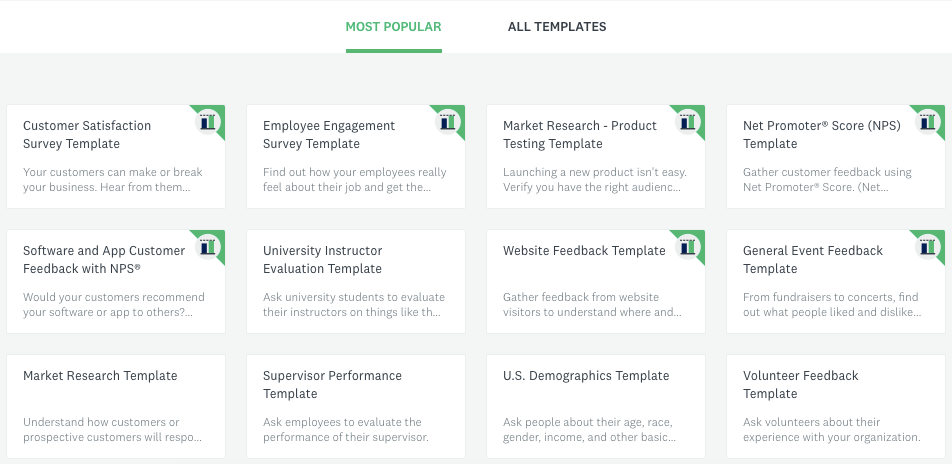
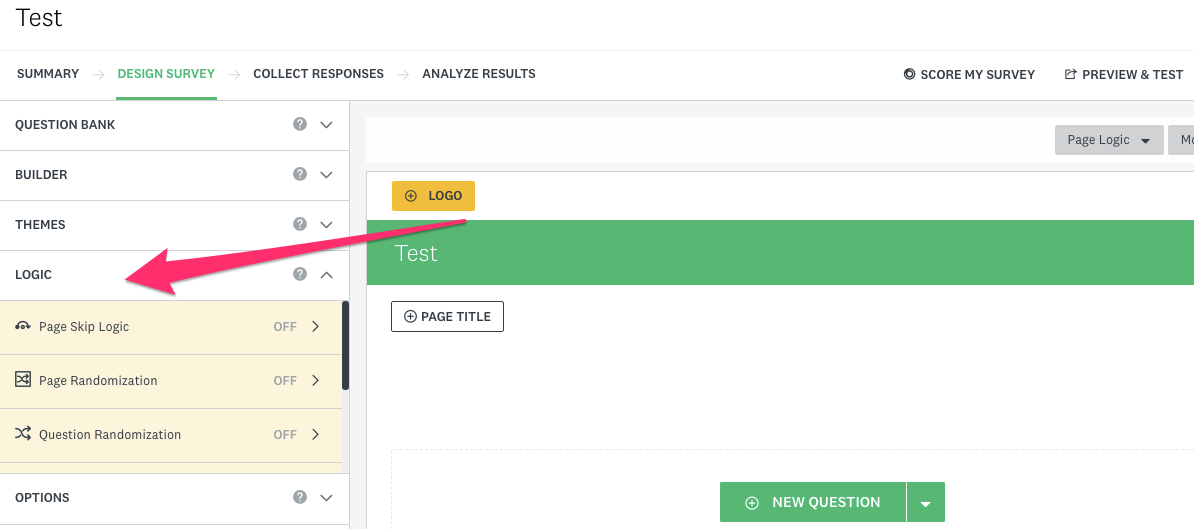
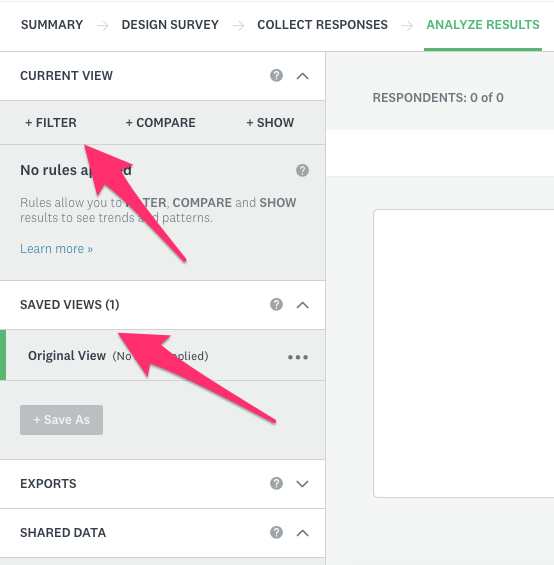
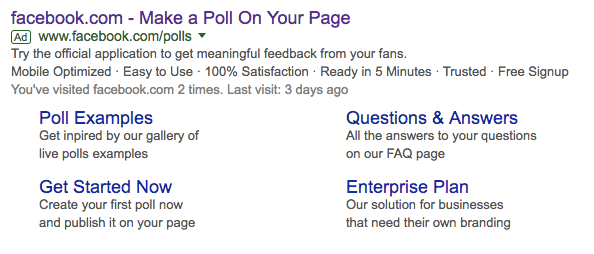
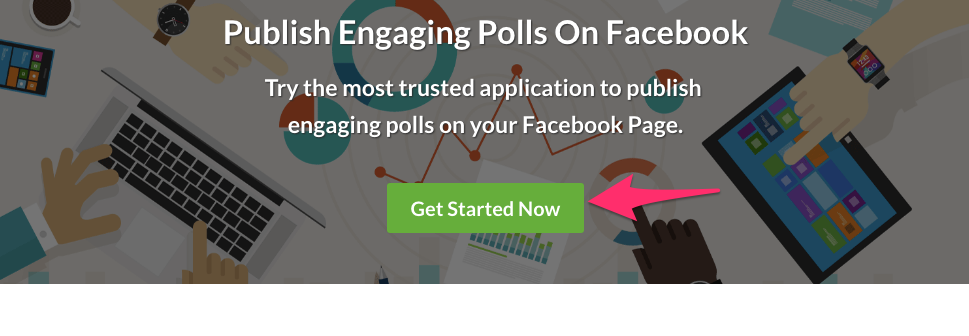
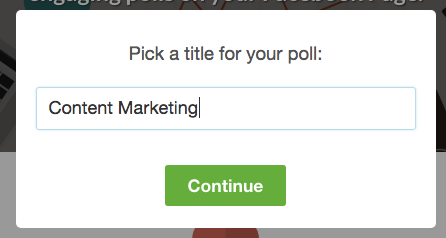
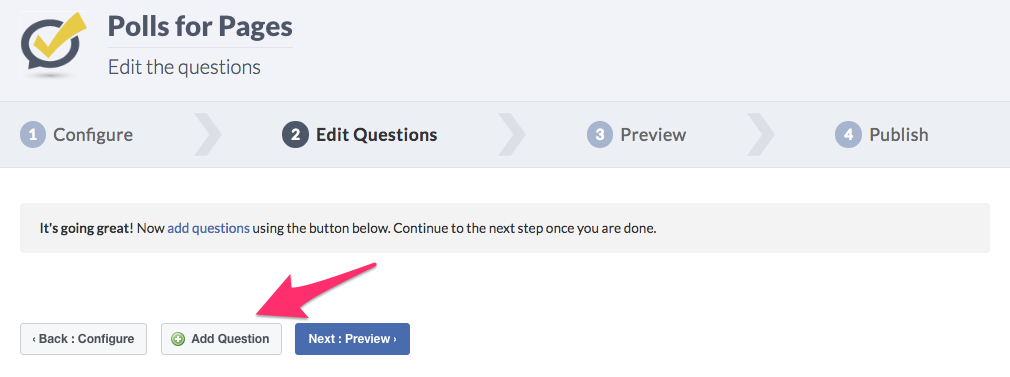
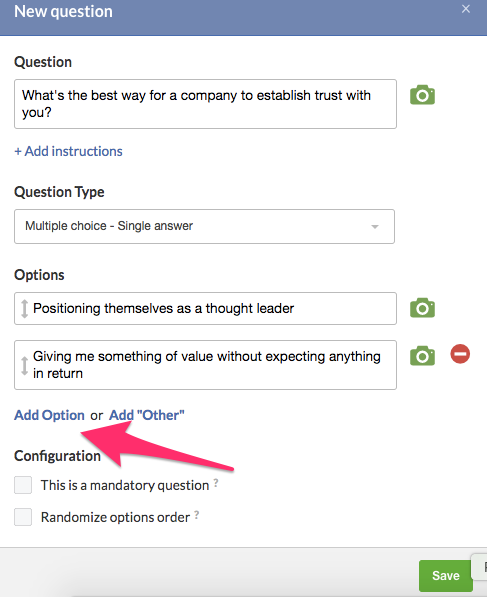
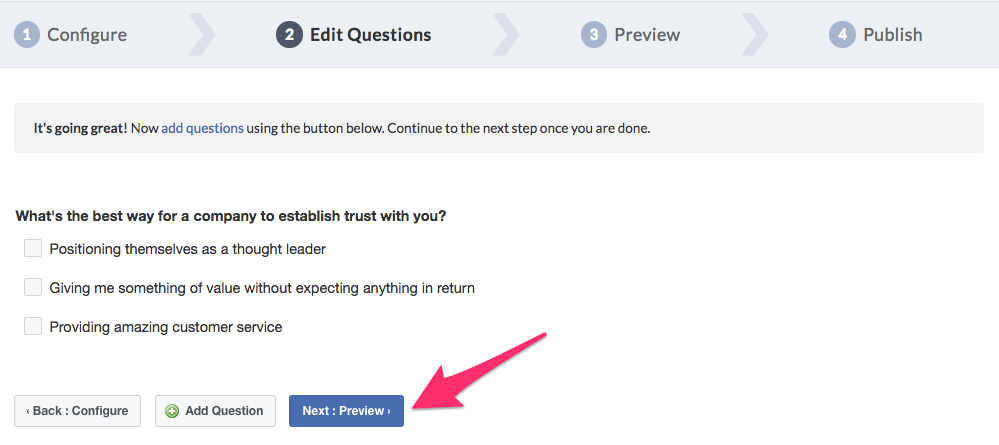
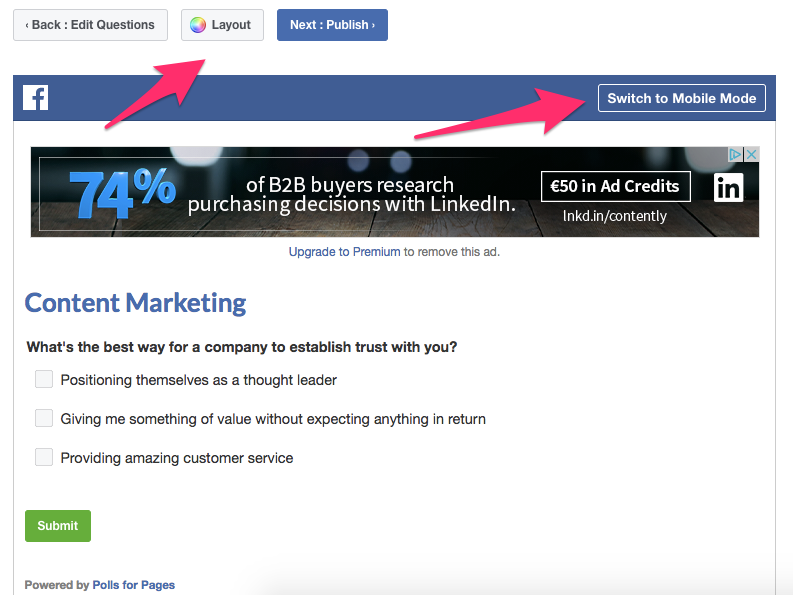
Comments (4)